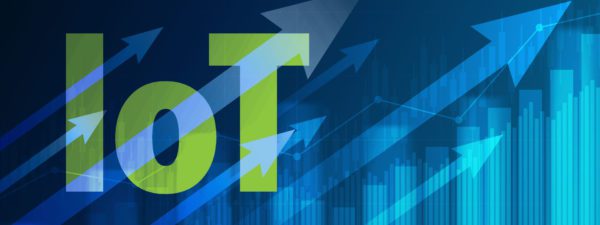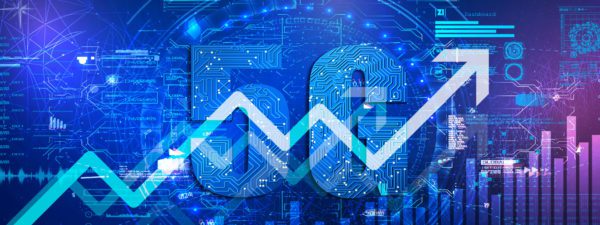Singapore is touted as “the world’s smartest city” and is continuing to make waves in hyperconnectivity across the country. Upgrades on its IT infrastructure, data collection & analytics, telecommunications, and mobility solutions are underway to power holistic transformation across the city-state.
One relevant technology Singapore is leveraging is the Internet of Things (IoT). Through IoT, Singapore is making the best use of digital solutions to further improve how its people and businesses use current (and future) urban infrastructure.
Following are some of the ways Singapore is maximizing IoT across all sectors.
Paving the way for greater efficiency
Singapore has already been championing the wider adoption of IoT in key sectors such as healthcare. Previously, much of this development was done to cater to the country’s increasingly aging population. However, there has been an explosion of IoT innovation in this sector due to the pandemic. ABM, a medical device company, manufactured an IoT-enabled Tele-Ventilator that allows healthcare professionals to securely monitor and adjust ventilator settings through their online portal from anywhere in the world.
Another challenge that Singapore is looking to help resolve via IoT is its limited road transport ecosystem. For instance, the country will begin rollouts of its next-gen electronic road pricing (ERP) system, which will leverage IoT to help monitor and manage traffic conditions across the island.
Singapore and the other hyperconnected cities surveyed by Nokia plan to accelerate their IoT deployments over the next three years. All of them have put IoT at the top of their lists in terms of generating useful data that can be used to further improve urban management.
Leveraging data to power its smarter city innovations
Hyperconnected cities are also those that can use advanced technologies and actionable data to improve urban management and sustainability. Many of these cities are already taking advantage of data to better manage IT infrastructure and telecommunications, in addition to applying it to different sectors ranging from financial services, mobility and transportation, and security (both physical and digital) to public safety, health, and wellness.
In Singapore, the government is already leveraging an enhanced use of data in its respective ecosystems. This includes the creation of an open government data portal that provides anyone in the country with access to publicly available datasets. Which such platforms, the country’s urban stakeholders will have a base to apply data to more verticals such as health, transport, education, and housing.
A hyperconnected Singapore
It’s no surprise that Singapore–as a hyperconnected city–has the most e-services offerings and programs that can positively impact the urban living experience. As cities become more hyperconnected, the results are multiplied by the network effects–which refers to how hyperconnected services can generate more value as more people and organizations use them.
Singapore is also using its established smart city branding to boost its investment returns. For instance, it is cementing its leadership within the innovation economy by creating an urban business infrastructure that helps with the domiciliation of breakthrough Industry 4.0 technologies, which is expected to further boost its already thriving technology startup ecosystem.
Beyond technological investments, the nation is also investing in the future of its human capital. With Singapore rolling out 5G – which may be applied at the manufacturing and port operations sectors – it is building the relevant talent pipeline to help the nation tap into new opportunities presented by the ever-evolving digital economy.
Taking strides today for a hyperconnected future
With the speed at which Singapore has made its smart city achievements, the country’s ever-growing hyperconnectivity will push its urban decision-makers to better integrate complex infrastructure, multiple platforms, the need for different types of data, and customized applications. However, they must also exercise patience as building a hyperconnected city takes time. The results are worth it – Singapore can substantially improve its socio-economic welfare, environmental sustainability, as well as enjoy the benefit of accelerating growth and other positive outcomes of the multiplier effect.
Singapore’s urban leaders must also ensure continued citizen and stakeholder support. This can be done by conducting smart city initiatives with the needs of people and businesses in mind whilst staying alert of rapidly evolving technologies. This is a fundamental element in the creation of any smart city roadmap that requires making a noticeable improvement in the lives of citizens.




